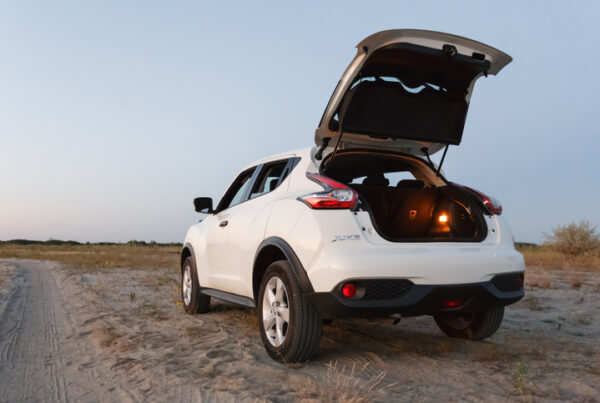Eco-driving promises fuel savings and emissions reductions. With petrol prices already above $2 per litre, this driving technique might just be what Australians need.
An eco-driving trial conducted by road operator company Transurban involving 400 participants over a four-week period revealed that this practice can help improve fuel efficiency by more than 5 percent. This could result in a $120 annual savings on fuel.
“The good news is that anyone can benefit from these findings — imagine the possibilities if these changes in driving behaviour were adopted more broadly,” said Transurban head of sustainability Matt Brennan
“Eco-driving is safe driving, because a lot of these behaviour changes can help to minimise accidents.”
Eco-Driving Techniques
But what exactly is eco-driving and how does it improve fuel efficiency?
The RACQ describes it as a “smart, smooth, and safe” technique of driving that involves adjusting he wat you drive, keeping up with vehicle maintenance, and planning trips carefully.
This ultimately results in less fuel consumption which helps drivers lower fuel costs and contribute to saving the environment.
The RACQ suggests the following techniques for eco-driving:
- watching ahead to help you drive smoothly
- braking and accelerating gently
- avoiding stop-start driving,
- using the right gear for the conditions
- shifting through gears quickly
- avoiding idling
- turning off the engine when parked
Furthermore, the RACQ highlights the importance of being organised to help save on fuel. Practices such as doing all your jobs in one trip, avoiding duplicate trips, choosing shorter and less congested routes, and monitoring fuel usage can contribute to fuel efficiency.
Drivers can also opt to avoid using air conditioning if they’re driving at speeds of 80 kph. Removing unnecessary weight from the vehicle and avoiding transporting items on roof racks can also reduce fuel consumption.



















